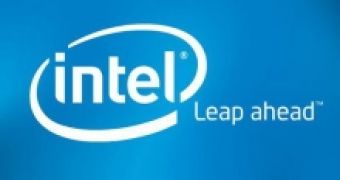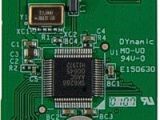Intel announced its presence on yet another side of the computer industry through the introduction of a new line of products based on NAND flash memory. The first of this new species is the Z-U130 Value Solid State Drive. As part of ongoing trend in the industry, Intel's Solid State Drive (SSD) follows companies like A-DATA and Sandisk onto this growing market with its product.
SSDs have become a major attraction for the laptop manufacturers because of the many advantages brought by this technology. An SSD enables faster startup since there is no spin-up required, the read times are very fast, seek time is reduced considerably, all of these different factors resulting in a faster boot and a faster application launch time.
And since, basically, we are discussing about a flash memory, the power consumption is lower and the generated heat also decreases compared to normal hard drives. Working without making noise, being able to withstand shocks, high temperatures and vibrations, having a reduced weight and the possibility of quickly wiping out all the data on the drive are some of the factors which determined Intel that their Value SSD will appeal to the consumers.
The Z-U130 comes in different shapes and sizes, Intel announcing availability for the VSSD with capacities of 1, 2 and 4GB, a 28MB/s read throughout and 20 MB/s write throughput, operating temperature ranging from 0 to 70 degrees Celsius, while consuming from 65 to 80mA.
The only downside to this product is its availability in small sizes, with the hope of increasing this detail in the future. Right now Intel touts the product to "deliver faster boot times, embedded code storage, rapid data access and low-power storage alternatives for value PCs, routers, servers, gaming and industrial applications."
I'll have to agree with them only on the routers and industrial applications part of the deal; in my point of view, this type of product, in order to be used as a replacement for the current hard drives, should come in capacities ranging from 80GB upwards. I guess we've only scratched the surface of what Intel's got in their plans but, hey, we all have to start somewhere, right?

 14 DAY TRIAL //
14 DAY TRIAL // 

